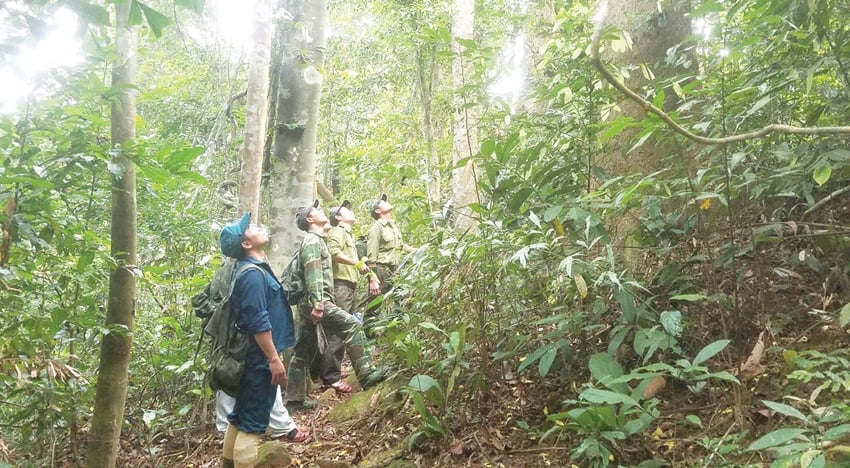 |
| Planting trees and keeping forests green and healthy is equivalent to preserving human life. |
Many benefits
Planting and nurturing forests means we are joining hands to combat climate change and biodiversity imbalance. Only when forests are large and thriving can people truly live healthy and safe lives. Forests also help protect watersheds, prevent soil erosion, mitigate climate change, and enhance the resilience of communities. The forests in Vietnam's Truong Son mountain range are also home to rare and endemic species.
The Saola Conservation Area, Phong Dien Nature Reserve, and Bac Hai Van Protective Forest, among others, are well-protected, contributing to creating suitable habitats for various species. The discovery and thriving of many animal species is a sign that their "homes" are being well-protected.
In Vietnam, millions of people depend directly on forests for their livelihoods. These communities are often the most knowledgeable about the forests and are crucial partners in finding the best ways to protect them for future generations.
Climate change and extreme weather events in recent decades have highlighted the need to develop and protect forests. Deforestation not only deprives animals of safe habitats but also humans of their safe havens. Landslides and mudslides burying villages are evidence of forest degradation. When the foundations of humanity's lives are threatened, all kinds of disasters can occur. While we can take preventative measures, failing to address the root cause only offers temporary solutions. Planting and protecting forests must always be a top priority.
Well-developed forests not only ensure the safety of all species but also bring economic benefits through the sale of carbon credits. Clearly, the benefits that forests provide are immeasurable.
According to the Intergovernmental Panel on Climate Change (IPCC), restoring and sustainably managing the world's forests could help us remove the equivalent amount of carbon emitted by oil use each year. Therefore, the question is: how can we ensure our forests remain lush and green?
For a sustainable future
The Huong Thuy Protective Forest Management Board has planted and cared for over 600 hectares of native forest. Tree species such as ironwood, oil palm, and teak, now 5-6 years old, are thriving, a testament to the Board's efforts. However, achieving such lush forests is not something that happens overnight.
Mr. Tran Phuc Chau, Deputy Director of the Huong Thuy Protective Forest Management Board, believes that the success of reforestation depends on preventing cattle from trampling the forest. Since the forest has been a place where people have grazed their livestock for generations, it's necessary to find ways to support their livelihoods; hiring them to build fences would both prevent cattle from entering and destroying the forest and provide them with food allowances.
A barbed wire fence stretching over 25km was erected, along with public awareness campaigns via radio, community meetings, and intervention from local authorities. These actions helped the trees stand firm and grow better. "We contracted them out for a certain amount of money, and they were always in the forest tending to the cattle," Mr. Chau said. According to Mr. Chau, planting native trees is very difficult and requires hard work. If a tree dies, it must be replanted immediately.
Regarding reforestation and forest restoration in Bac Hai Van, Mr. Nguyen Dai Anh Tuan, Deputy Director of the Department of Agriculture and Rural Development, stated that the terrain and climate there are very difficult, the climate is harsh, and it is close to the sea. However, now there are more than 40 native species, all valuable timber trees, thriving, so solutions are needed to preserve and develop the forest. “We must plant supporting trees, for example, acacia and melaleuca, then under the canopy we plant more native trees; they will support each other's growth. When those trees grow, the acacia will reach the end of its life cycle, and we will continue planting other species there, so that each tree supports the other. The trees that follow will be protected by the trees that came before,” Mr. Tuan suggested as a solution.
According to Mr. Tuan, achieving this requires long-term investment policies, technical support, and planting methods. Repeated planting is necessary on a given area. When we plant the first batch and the trees grow, it cannot yet be called a forest. When the project ends, a new project must be launched to continue planting in layers to help the trees develop.
"You can't create a forest in 5-6 years; that's just a few trees growing, it can't be called a forest. You have to let the first generation grow and thrive, then create another project to plant under the canopy. You have to repeat the planting on each unit of land; only then can it become a forest," Mr. Tuan emphasized.
Source: https://huengaynay.vn/kinh-te/kien-tri-trong-rung-150083.html


![[Image] Leaked images ahead of the 2025 Community Action Awards gala.](/_next/image?url=https%3A%2F%2Fvphoto.vietnam.vn%2Fthumb%2F1200x675%2Fvietnam%2Fresource%2FIMAGE%2F2025%2F12%2F16%2F1765882828720_ndo_br_thiet-ke-chua-co-ten-45-png.webp&w=3840&q=75)

![[Photo] Prime Minister Pham Minh Chinh receives the Governor of Tochigi Province (Japan)](/_next/image?url=https%3A%2F%2Fvphoto.vietnam.vn%2Fthumb%2F1200x675%2Fvietnam%2Fresource%2FIMAGE%2F2025%2F12%2F16%2F1765892133176_dsc-8082-6425-jpg.webp&w=3840&q=75)
![[Live] 2025 Community Action Awards Gala](/_next/image?url=https%3A%2F%2Fvphoto.vietnam.vn%2Fthumb%2F1200x675%2Fvietnam%2Fresource%2FIMAGE%2F2025%2F12%2F16%2F1765899631650_ndo_tr_z7334013144784-9f9fe10a6d63584c85aff40f2957c250-jpg.webp&w=3840&q=75)

![[Photo] Prime Minister Pham Minh Chinh receives Lao Minister of Education and Sports Thongsalith Mangnormek](/_next/image?url=https%3A%2F%2Fvphoto.vietnam.vn%2Fthumb%2F1200x675%2Fvietnam%2Fresource%2FIMAGE%2F2025%2F12%2F16%2F1765876834721_dsc-7519-jpg.webp&w=3840&q=75)








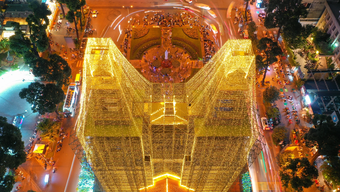




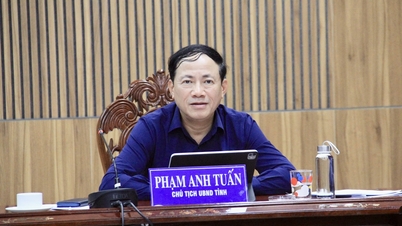











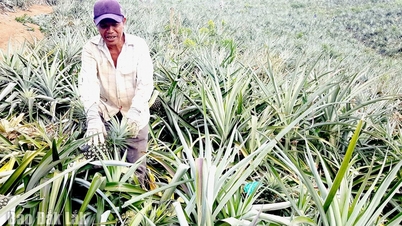
























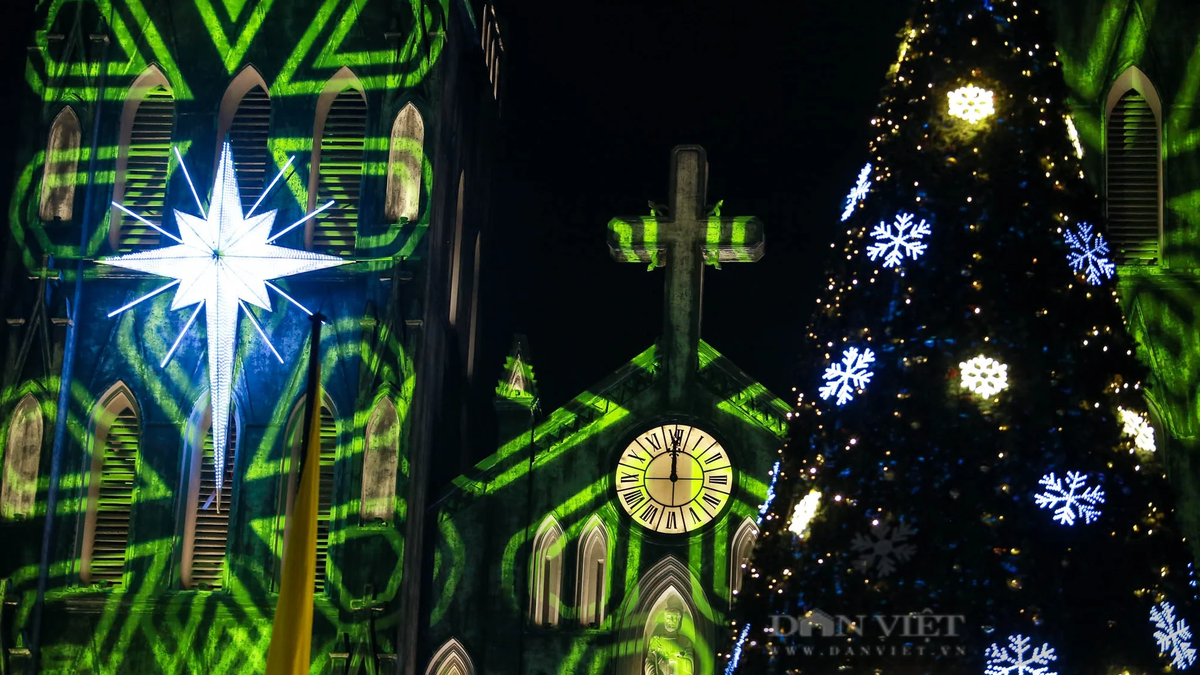










![[Live] Closing Ceremony and Award Presentation for the "Impressive Vietnam Tourism" Video/Clip Creation Contest 2025](https://vphoto.vietnam.vn/thumb/402x226/vietnam/resource/IMAGE/2025/12/17/1765974650260_z7273498850699-00d2fd6b0972cb39494cfa2559bf85ac-1765959338756946072104-627-0-1338-1138-crop-1765959347256801551121.jpeg)












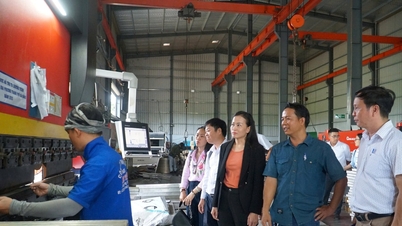



















Comment (0)